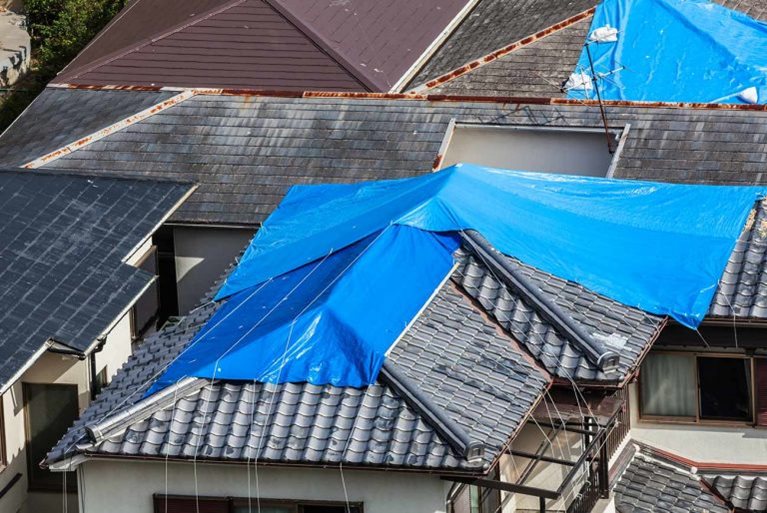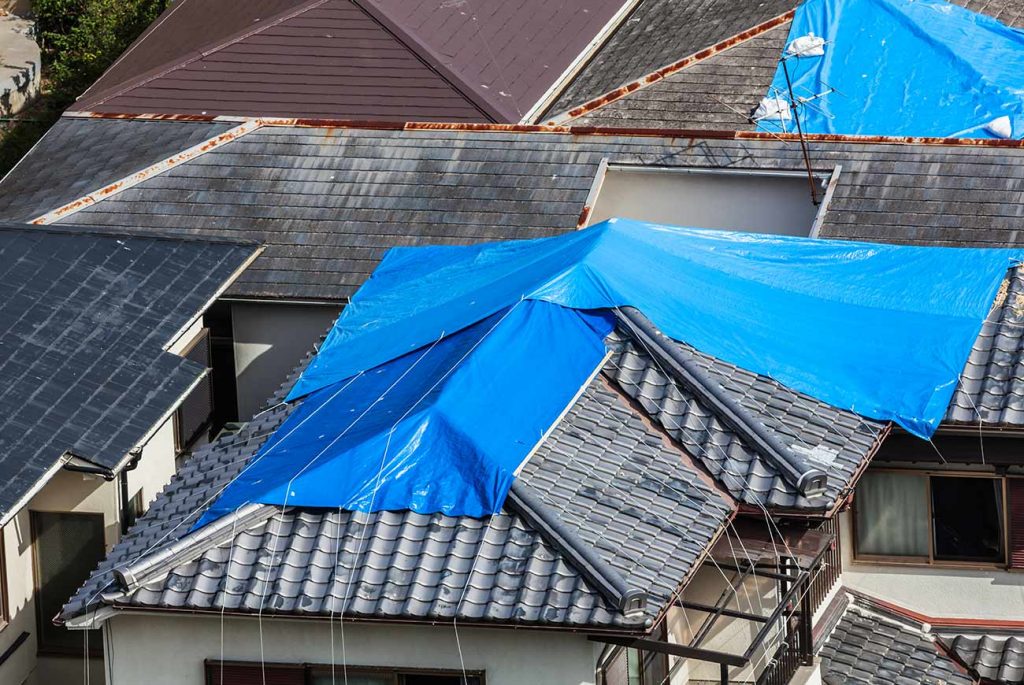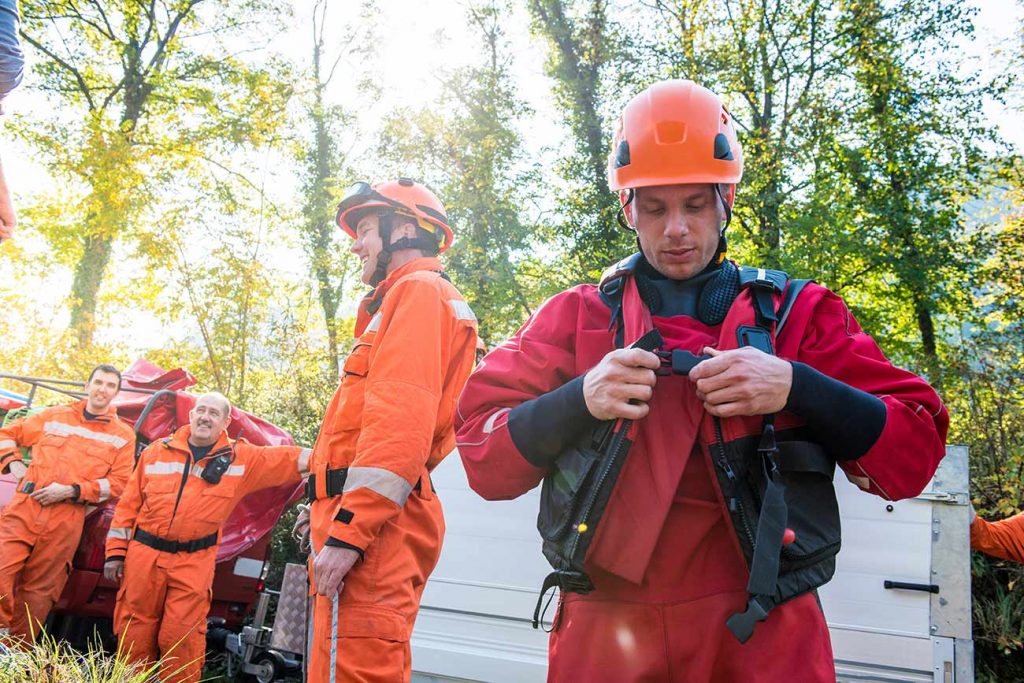
How to Manage a Volunteer Surge During a Municipal Disaster
When Hurricane Irma slammed into the Florida coast in 2017, Governor Rick Scott made a state-wide plea for at least 17,000 volunteers to assist with recovery. Scott directed citizens to Volunteer Florida, the state's lead agency for volunteers before, during and after disasters.
Florida, a state battered regularly by hurricanes and tropical storms, already had an infrastructure of connected volunteer networks equipped with training materials, supplies, and disaster plans. Those organizations, working with first responders and city government, were ready to organize the thousands of volunteers anxious to help.

But not every state, or municipality, has weathered a major crisis and its cleanup. Regardless, having an effective plan to have in place to manage a volunteer surge can be the difference between chaos or calm after a hurricane, snowstorm, wildfire or other natural disaster.
Develop a Volunteer Organization Network
During and after a disaster, hundreds, even thousands of people unaffiliated with an established organization may be eager to volunteer. That surge of volunteers must be "anticipated, planned for and managed," according to the Federal Emergency Management Agency's (FEMA) guide to managing spontaneous volunteers during disasters.
Otherwise, these citizens' offers to help may be under-utilized, keeping vital assistance from the people who need it most, or even problematic to professional responders, hampering their work.

City government leaders can put a spontaneous volunteer management plan in motion by collaborating with existing local volunteer organizations and first responders to manage a volunteer surge. At the same time, the city might develop media and public education campaigns, encouraging involvement with local voluntary organizations. Putting some thought into potential needs, resources, and geography during blue skies can ensure a smooth process in the aftermath of a storm.
Prepare a Disaster Volunteer Surge Plan
Create a detailed City Volunteer Management Plan for volunteers who aren't affiliated with emergency response agencies and other organizations. Form a volunteer coordination team, designating and training a citywide leader from a local volunteer program such as Community Emergency Response Teams (CERT), local churches or other organizations. Include the city pre-disaster plan and location of the city's main volunteer reception center in local and state emergency operations materials.
Choose a Potential Reception Site
Identify a site well in advance of any storm for a volunteer reception center in a location that's easily accessible and centrally located. Create crucial documents such as sign-in records, volunteer role descriptions and release of liability forms in advance. FEMA recommends building a reception center "go-kit" that includes identification badges, details of processes, tools, and forms for interviewing and registering volunteers. Also, develop a shut-down or demobilization plan for phasing out the center when it's no longer needed.
Managing Disaster Response Volunteers
The volunteer reception center should be a hazard-free work environment that provides information on available mental and physical health services available to meet volunteers' needs. Establish an efficient process to evaluate the skills of each volunteer or group, and refer them to organizations who could use their specific talents.

At volunteer headquarters, as well as other city volunteer centers, city government can utilize portable storage containers to manage volunteer materials, donations and supplies. Containers can even double as temporary first-aid stations, registration booths, and interview rooms. For pickup and delivery, PODS solutions specialists will coordinate with local first responders for accessible travel routes to ensure the containers arrive when, and where, they are most needed.
Keep Volunteers Engaged Post-Crisis
After a city recovers from disaster, government leaders can evaluate the volunteer management plan and adjust the volunteer engagement process as needed. Now is also the time to showcase volunteer success stories that may have been overshadowed in local news media by more immediate crisis coverage. Finally, host a volunteer recognition ceremony and publicly thank volunteers to show appreciation and encourage others to step forward during times of disaster.
As a city rebuilds and heals from a municipal disaster, volunteers who remain involved will encourage others to volunteer too. Citizen participation, coupled with a disaster management plan, makes any city more prepared the next time a calamity blows into town. If your city is searching for a moving and storage partner to help manage a volunteer surge during disaster recovery efforts, learn more about disaster recovery solutions from PODS.
[maxbutton id="1"]
Comments
Leave a Comment
Your email address will not be published. Required fields are marked *
